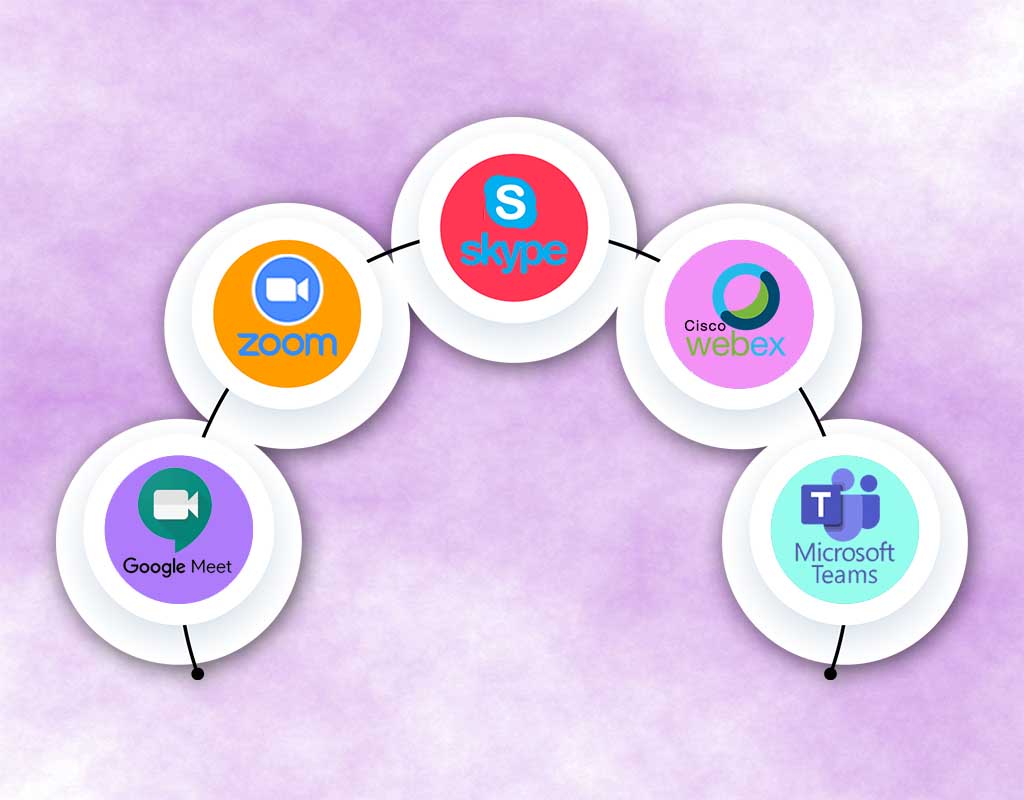COVID-19 is an end-on-end situation which barely has a solution for workers and research professionals.
The lockdown has proved that our moving lives can suddenly come to a stop and so can our work lives. What seemed to be in perennial motion could just halt in a day. Similarly, research projects for international journal have also paused due to COVID-19 as no researcher can visit their labs anymore. However, the study must go on, even though COVID-19 hampers its speed. Technology has helped us massively through the work journey during the pandemic. Video calls, online learning, web conferences etc. are the middle ways we have found to combat the lockdown while still working with passion. True for PhD researchers as well, video conferencing is the only way they can connect with peers, colleagues, professors and supervisors and other participants.
Let us learn about top 5 video conferencing platforms that can help PhD researchers during COVID-19:
1. Zoom: Zoom has always very user-friendly in terms of video calling for office calls and educational purposes. Many people can join over a zoom conference to converse with each other face to face. The process is very easy. One user acts as the administrator to create a meeting and invites other participants by sending the meeting link. Zoom provides HD video quality with additional facilities for recording calls and sharing screens, which can help for presentations and demonstrations. However, there are limitations to zoom video calling. 40 minutes limited availability for free calling. Not more than 100 people can join in a single call, and it also has some security issues. But overall zoom is very standard application for video conferencing, especially for schools it is free without the 40 minute limit.
2. Skype: This one is a very familiar name in the industry of web calling for work purposes. People also used skype for family get togethers before Facebook and WhatsApp allowed video calling options. Skype is easy to use and doesn’t require installs. It allows us to record videos and audios so that you can refer to them later for preparing your thesis for international journal. But skype doesn’t have a great video quality. It is usable with limited features. Possible upto 50 people.
3. Google Meet: Google Meet is Google’s own enterprise grade video conferencing software which has been made free after April 2020 especially for the pandemic situation. Their stock prices are soaring since then, due to maximum usage of the distance video conferencing facilities. It is safe and secure to use, upto 100 people can collaborate, can be used on any platform and it is absolutely free. In fact, for schools Google has designed Google classroom where online learning can be additionally facilitated with submission portals and feedback systems, along with video calling.
4. Microsoft Teams: It’s a free online collaboration tool for small teams hence it can be beneficial for PhD researchers to team up for group work. It allows, video calling, chat, file sharing, storage and many more. Small businesses and schools can use Microsoft Teams for their meetings and conversations, therefore, researchers and academicians and also use it for online learning or discussions. It is completely secure. Even though purchase plans are available but for video conferencing, the free version is good enough. Only the audio video quality is not upto the mark.
5. Cisco Webex: One of the largest providers of remote working software, CISCO Webex was originally meant for business and corporate functions, but with the pandemic, came an increasing demand for using web platforms for communication. In fact, the only mode of communication remained these software and tools. This tool attained higher demand and popularity for international journal who wanted to host their academic seminars and conferences. This facility is expensive but must be used for large-scale online events that require high quality HD video conferencing and secure platform.
The COVID pandemic has changed the way we used to look at things. The work cultures have changed. This is posing significant problem for many, especially teachers, students, academicians and researchers who are not so conversant with technology tools. However, it is accepted that we have to move on with time and learn new things. Technology has supported us throughout the crisis. Video calling software have immensely helped in keeping our lives afloat. These 5 tools are being used the most in recent times.













